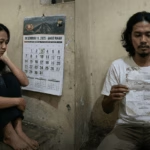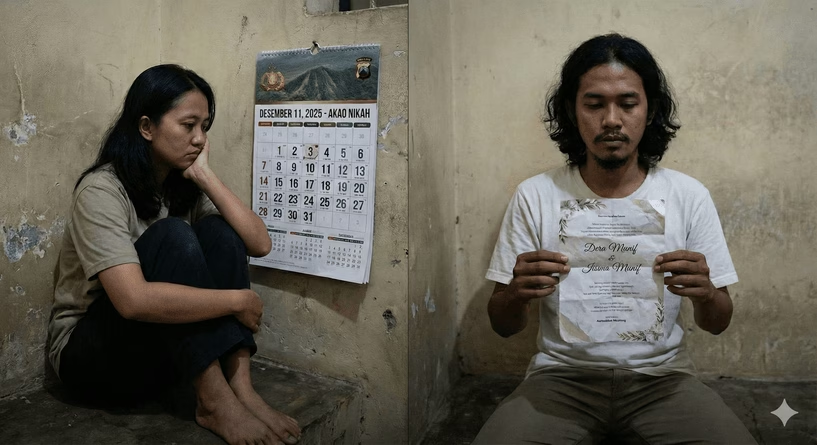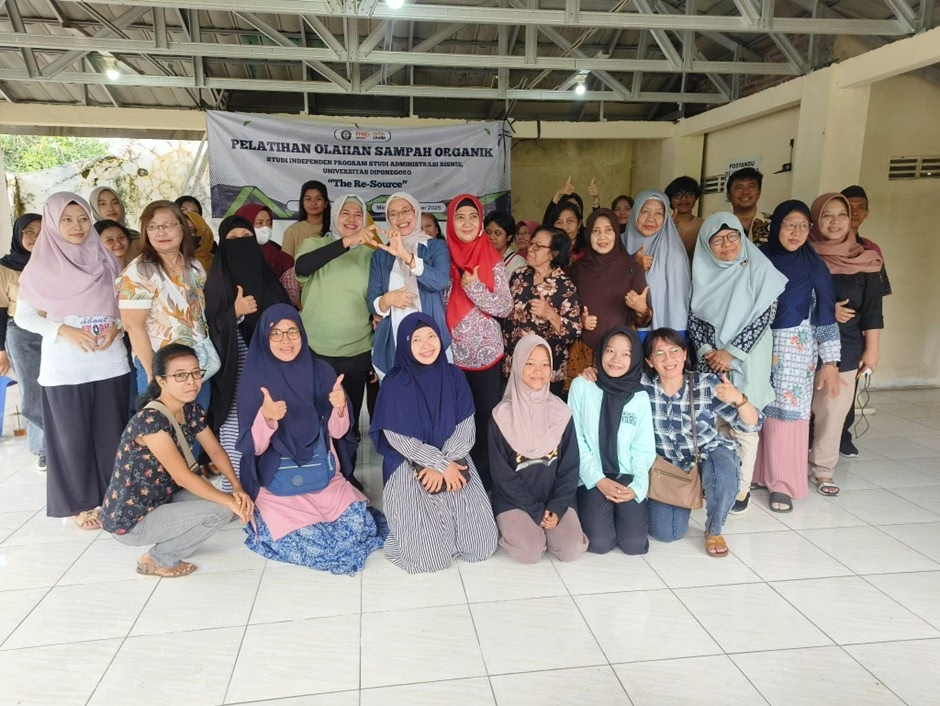The majority of public financing in the JETP project is loans, not grants. Developed countries are seen as reluctant to pay climate debt.
The majority of public financing in the Just Energy Transition Partnership (JETP) project is dominated by loans rather than grants. This situation is considered as a reluctance of developed countries to pay climate debt.
JETP funding includes public financing commitments from the International Partners Group (IPG) of US$11.6 billion (Rp179.07 trillion) and private financing mobilization from the Glasgow Financial Alliance for Net Zero (GFANZ) of US$10 billion.
Of this amount, as written in the Comprehensive Investment and Policy Plan (CIPP) document, the grant value from public financing is only around US$295.4 million. The rest is concessional loans, non-concessional loans, Multilateral Development Bank (MDB) guarantees and equity investments. This means that most of the financing is debt.
If viewed from the contribution of each country or institution, the grant value in the JETP Indonesia program is as follows, Germany US$167.2 million, the United States US$66.7 million, the European Union US$29.6 million, Energy Transition Mechanism (ETM) US$20 million, Canada US$10 million and Denmark US$1.9 million.
Firdaus Cahyadi, Communication Specialist 350.org Indonesia said, the small portion of the grant in the JETP project shows the low commitment of developed countries in realizing climate justice. It is only an effort to shift the responsibility for reducing greenhouse gases to developing countries.
In fact, as a party that has had climate debt since the industrial revolution, Firdaus assessed that developed countries should support energy transition efforts in developing countries more fairly.
“They (developed countries) are the ones who pollute the atmosphere with greenhouse gases. But then in mitigation it is shifted to developing countries with a debt trap,” he said. “If the model is like this, we – who pay taxes – will be the ones to pay the debt.”
Don’t add to the debt burden
Bhima Yudhistira, Director of the Center of Economic and Law Studies (Celios) said that JETP should support developing countries in their energy transition and climate change efforts without adding to their debt burden.
He gave an example, especially for assets that are difficult to get funding from the private sector, IPG should provide more grants. “Even if it is a concession loan, the interest is not more expensive than Japan’s loan to MRT, which is 0.1%. More than that means it’s just ordinary debt. Why is there a JETP scenario,” explained Bhima, who was also a respondent in the JETP Civil Society Dialogue.
He assessed that JETP should be a universal document capable of reforming fiscal and monetary policies, to minimize public resistance due to small grants and large debts.
The expected fiscal reforms, Bhima added, include disincentives to make the fossil sector unattractive. And, on the other hand, making the clean energy sector more attractive.
“If the loan between GFANZ and renewable energy companies is a different matter. But if the debt is public debt, this must be done to reduce the debt burden. Not increase the fiscal burden,” said Bhima.
Meanwhile, for the government, even though it has a small portion of the grant, cooperation in JETP is still considered as Indonesia’s effort to show commitment and gain global support, especially in decarbonization in the electricity sector.
This was explained by Rachmat Kaimuddin, Deputy for Infrastructure and Transportation Coordination at the Coordinating Ministry for Maritime Affairs and Investment (Kemenko Marves). According to him, the government’s commitment is proven by ambitious planning, but still refers to the processes and regulations that Indonesia has.
At the same time, he hopes, the JETP project can run better than ordinary business. “For example, there is an IPP (private power producer/Independent Power Producer) that tenders, the loan should be competitive. Because we are not required to take (a loan) if the price is not appropriate,” said Rachmat.
JETP Allocation
Erika Hamidi, Funding and Policy Specialist of the JETP Secretariat explained that the allocation of public funding in the JETP project must be utilized in five investment focus areas.
The five areas are (1) development of electricity transmission and distribution networks, (2) early retirement and managed phase-out of coal-fired power plants, (3) acceleration of dispatchable renewable energy, (4) acceleration of variable renewable energy, and (5) development of renewable energy supply chains.
“Because JETP can only be disbursed in the next 3-5 years, projects that are not ready will have a harder time getting funding,” said Erika. “JETP funding must also follow technical criteria selection, then must follow the just transition framework.”
In addition, JETP funding is said to have a number of allocations. According to her, concession loans are directed to projects that do not generate profits such as transmission and distribution, as well as early retirement of coal-fired power plants. Meanwhile, renewable energy projects that are categorized as potential can use a mixture of concession and commercial loans.
“Then there is a US$2.1 billion guarantee from the MDB (Multilateral Development Bank), which was given to Indonesia through the World Bank. But this fund can only be disbursed if Indonesia reaches the Single Borrower Limit (SBL),” explained Erika.
In addition to the MDB guarantee, her party also found that there was a lot of funding that had to go through intermediaries. In other words, she added, IPG did not provide loans directly to the government, but through institutions such as the World Bank and the Asian Development Bank.
- Testing the Power of Indonesia’s Anti-SLAPP laws in the case of activists Munif and Dera
 Indonesian law actually has an “antidote” for the SLAPP poison, known as the Anti-SLAPP concept.
Indonesian law actually has an “antidote” for the SLAPP poison, known as the Anti-SLAPP concept. - From Waste to Blessing: Gayamsari Residents Turn Organic Waste into New Resources
 Household waste can be more useful, both as a form of concern for the environment and as an economic opportunity.
Household waste can be more useful, both as a form of concern for the environment and as an economic opportunity. - The Story of Maluku’s Jambula Mamas and Their Fight for a Living Coastline
 The women of Maluku know the sea intimately. They can read tides as easily as city dwellers read clocks. But climate change has blurred the signs.
The women of Maluku know the sea intimately. They can read tides as easily as city dwellers read clocks. But climate change has blurred the signs. - Jatiwangi in the Shadow of Industry and the Dream of an Environmentally Sovereign Terracotta
 Trash in Majalengka poses a complex challenge. With accumulating waste, Jatiwangi is now the biggest contributor of household garbage.
Trash in Majalengka poses a complex challenge. With accumulating waste, Jatiwangi is now the biggest contributor of household garbage. - How is the development of the equitable energy transition program in Indonesia?
 JETP funds will target equitable energy transition projects in a number of developing countries, one of which is Indonesia.
JETP funds will target equitable energy transition projects in a number of developing countries, one of which is Indonesia. - Samirono village energy transformation, from waste to clean energy
 Samirono village has proven that innovation and collaboration can bring big changes. They showed the world that waste can be turned into clean energy.
Samirono village has proven that innovation and collaboration can bring big changes. They showed the world that waste can be turned into clean energy.









